Explains How NAND Cells Can Be Used By SSDs And What Those Impacts May Be
Summary
NAND, which is the storage media in most solid state drives, stores data in cells. Each cell holds a charge that represents data. We’ll relate a cell to a battery as each cell layer is explained. For more information about Solidigm SSDs, read our white paper.
SLC
SLC means Single Level Cell and is the basic use of a NAND cell. It is the fastest and most costly (dollar per GB).
- SLCs can store one bit of data per cell:
- 0 or 1
- This requires two states to measure:
- One state can be empty.
- The other state is NOT empty.
- Charging the battery (or writing the cell) is easy.
- Anything greater than empty changes the bit from 1 to 0.
- Checking the charge (or reading the cell) is also easy, only one check:
- Checking if the cell is empty,
- If true, bit is 1
- If false. bit is 0
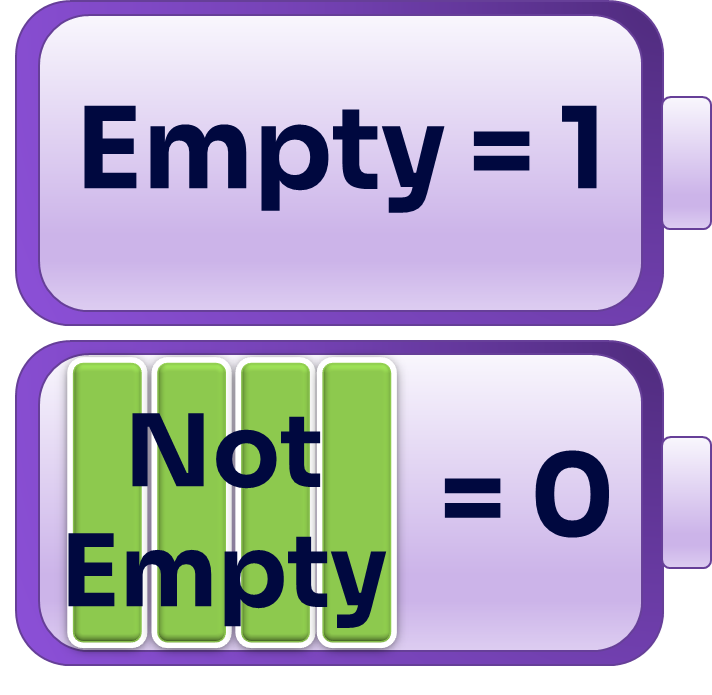
MLC
MLC means Multi-Level Cell and is poorly named. It 'costs less' than SLC, because the added bit doubled the storage with no change to the NAND.
The actual cost is in performance, due to extra precision and checks required. The performance is lower than SLC.
- MLCs can store two bits of data per cell:
- 00, 01,
- 10, 11
- MLC requires four states to measure:
- Empty+ Three charge states.
- Reading and writing is more complex than SLC:
- Charging (writing) must be to a precise charge, otherwise the wrong bit sequence is saved.
- Checking (reading) will take more than one attempt.
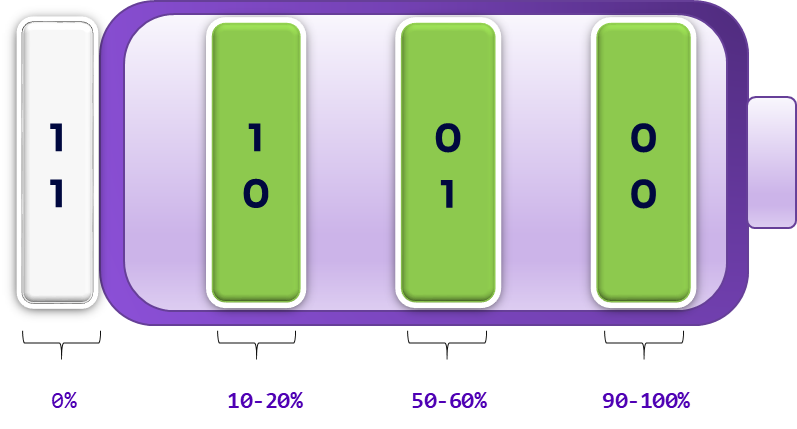
TLC
TLC stands for Triple Level Cell. TLC costs less than MLC, because the added bit gives 33% more storage per cell.
The cost is, again, in performance, due to more precision and checks.
- TLC can store three bits per cell:
- 000, 001, 010, 011,
- 100, 101, 110, 111
- TCL needs eight states to measure:
- Empty + seven charge states.
- The charge states are smaller and closer together.
- Read and writing is more difficult than MLC:
- Writing requires higher accuracy.
- Reading requires more checks to get the correct range (data).
(See a trend?)
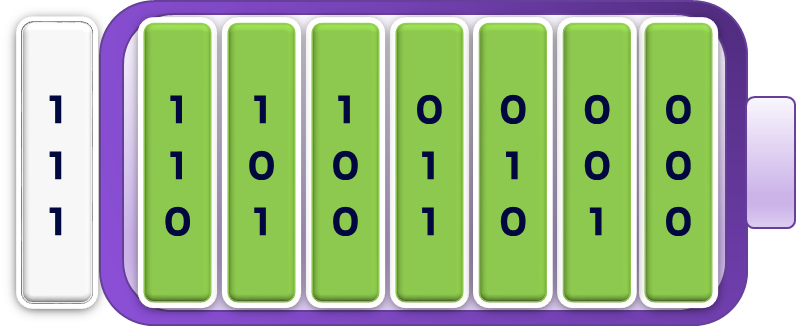
QLC
QLC stands for Quad Level Cell. QLC costs less than TLC, because the added bit gives 25% more storage per cell.
The cost is even more performance, due to even more precision and checks.
- QLC can store four bits per cell:
- 0000, 0001, 0010, 0011, 0100, 0101, 0110, 0111
- 1000, 1001, 1010, 1011, 1100, 1101, 1110, 1111
- QCL requires sixteen states to measure:
- Empty + fifteen charge states.
- States and the space between them shrink even more.
- Reading and writing get even more difficult than TLC.
- Higher accuracy for writes, more checks for reads.
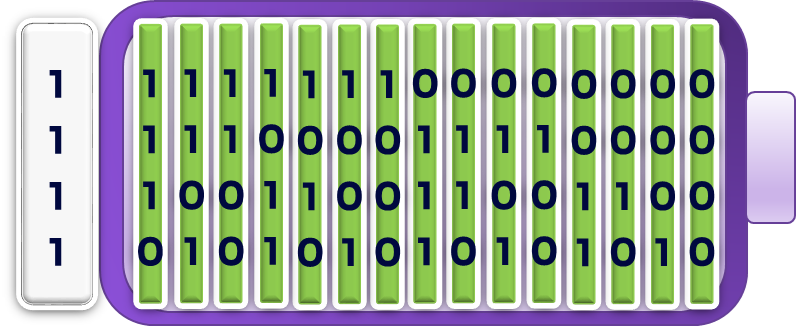
PLC
PLC stands for Penta Level Cell. PLC costs less than QLC, because an extra bit added 20% more storage per cell.
The cost is even more performance, due to even more precision and checks.
It has been proven possible, but no products use it (as of this writing).
- PLC can store five bits per cell:
- 00000, 00001, 00010, 00011, 00100, 00101, 00110, 00111, 01000, 01001, 01010, 01011, 01100, 01101, 01110, 01111
- 10000, 10001, 10010, 10011, 10100, 10101, 10110, 10111, 11000, 11001, 11010, 11011, 11100, 11101, 11110, 11111
- QCL requires sixteen states to measure:
- Empty + thirty-one charge states.
- States and the space between them shrink so much, that our image cannot show the bit sequences in each state.
- Reading and writing get even more difficult from QLC.
- Highest accuracy for writes and checks for reads.
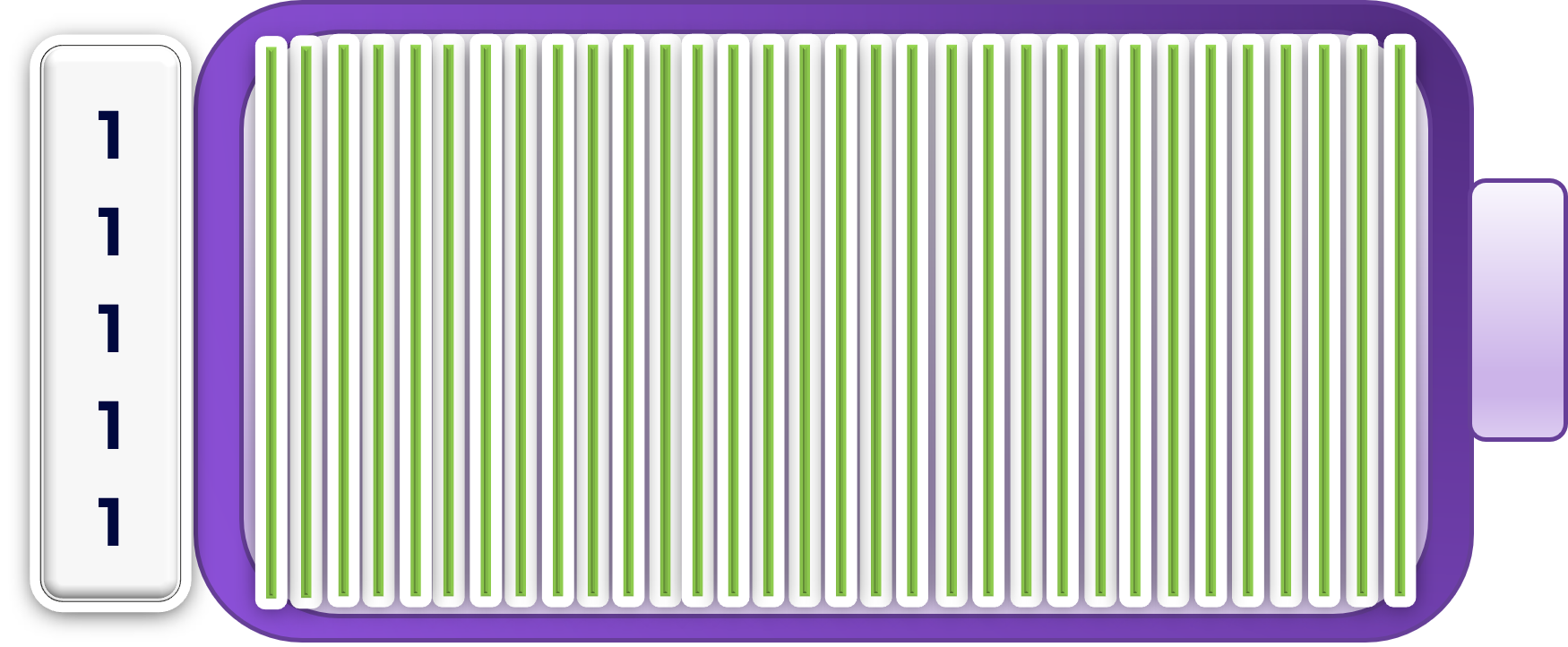
Conclusion
Pros
- As bits are added, per cell, the capacity increases, while keeping the cost of the NAND the same.
- Companies use the same amount of physical NAND, but you get a higher capacity.
- More levels give a lower price per GB.
Cons
- The performance and endurance decrease as bits are added.
- SSD design and firmware are used to gain the performance loss back.
- If you are looking for performance, less bits per cell is best.
- If you are looking for the lowest cost, the higher bits per cell are best.
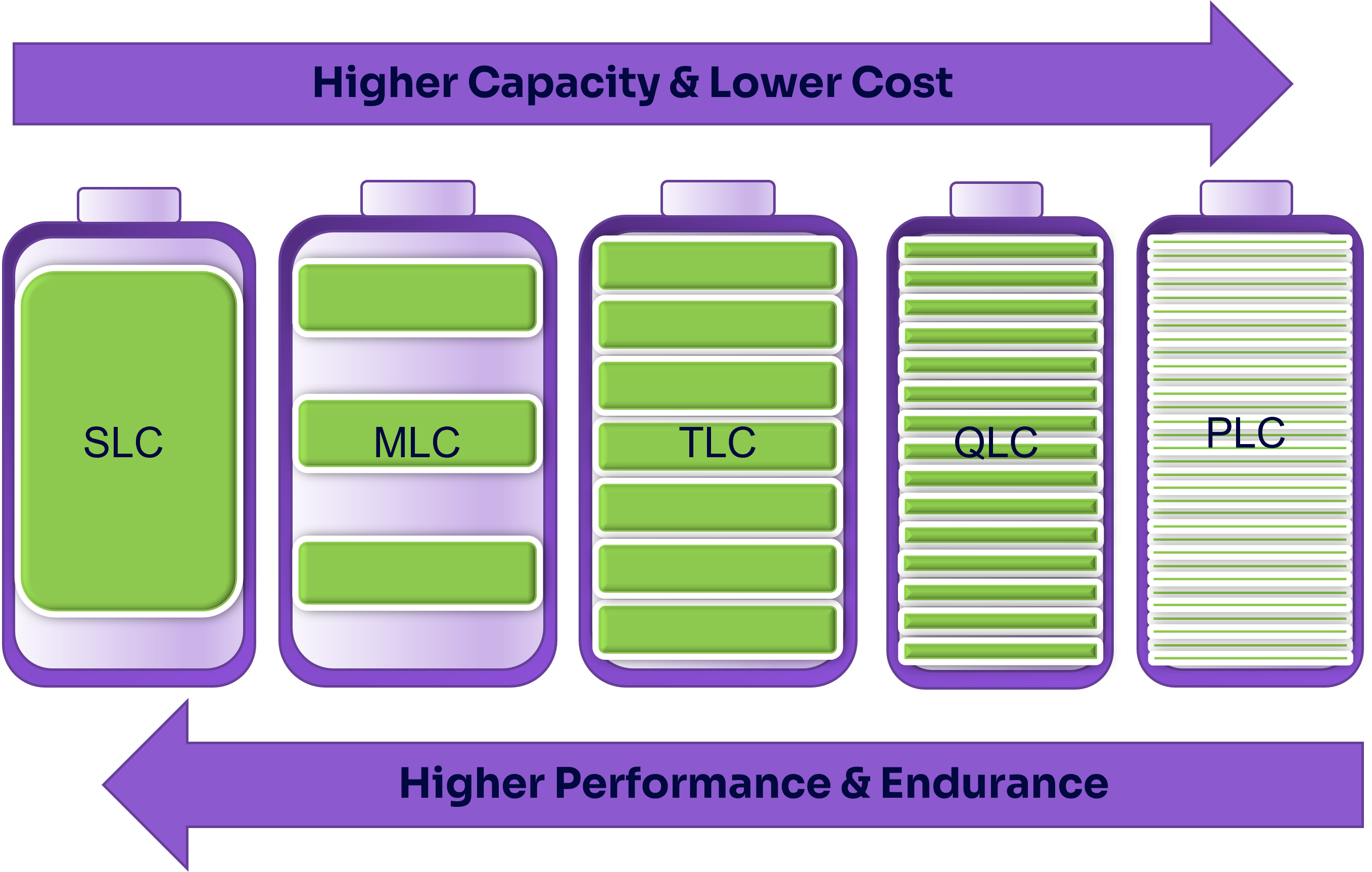
Questions? Check out our Community Forum for help.
Issues? Contact Solidigm™ Customer Support:
[Chinese] [English] [German] [Japanese] [Korean]
Success